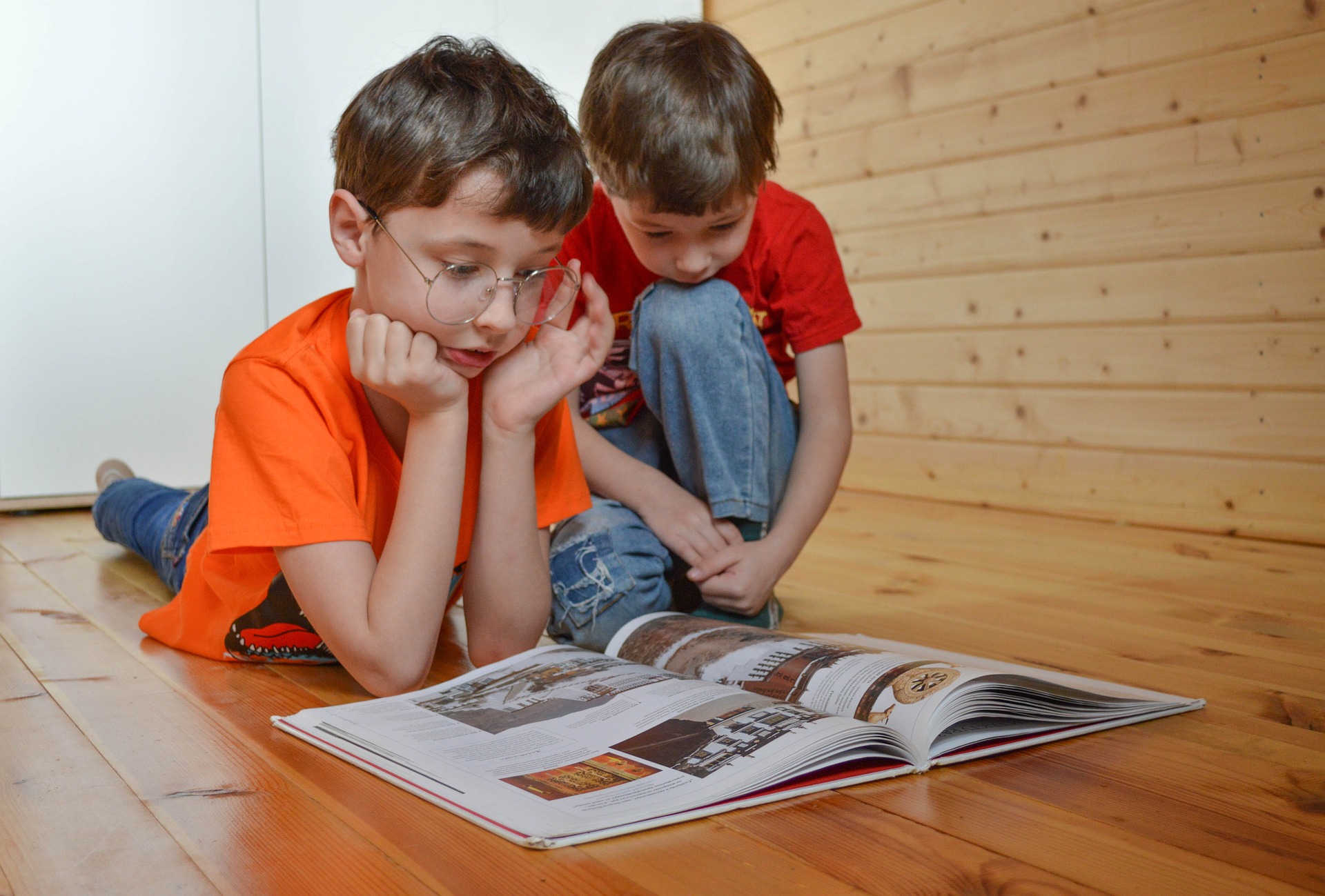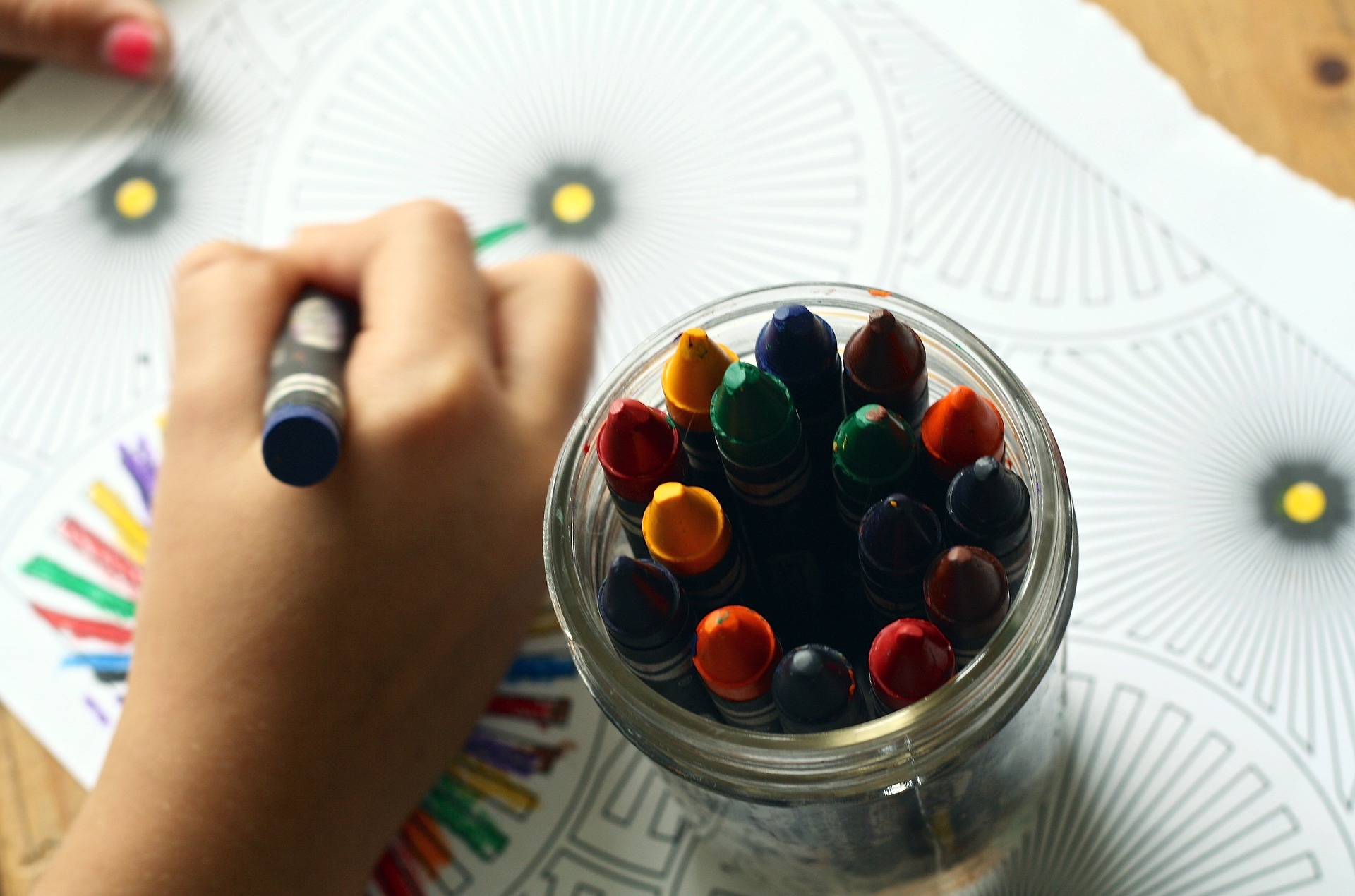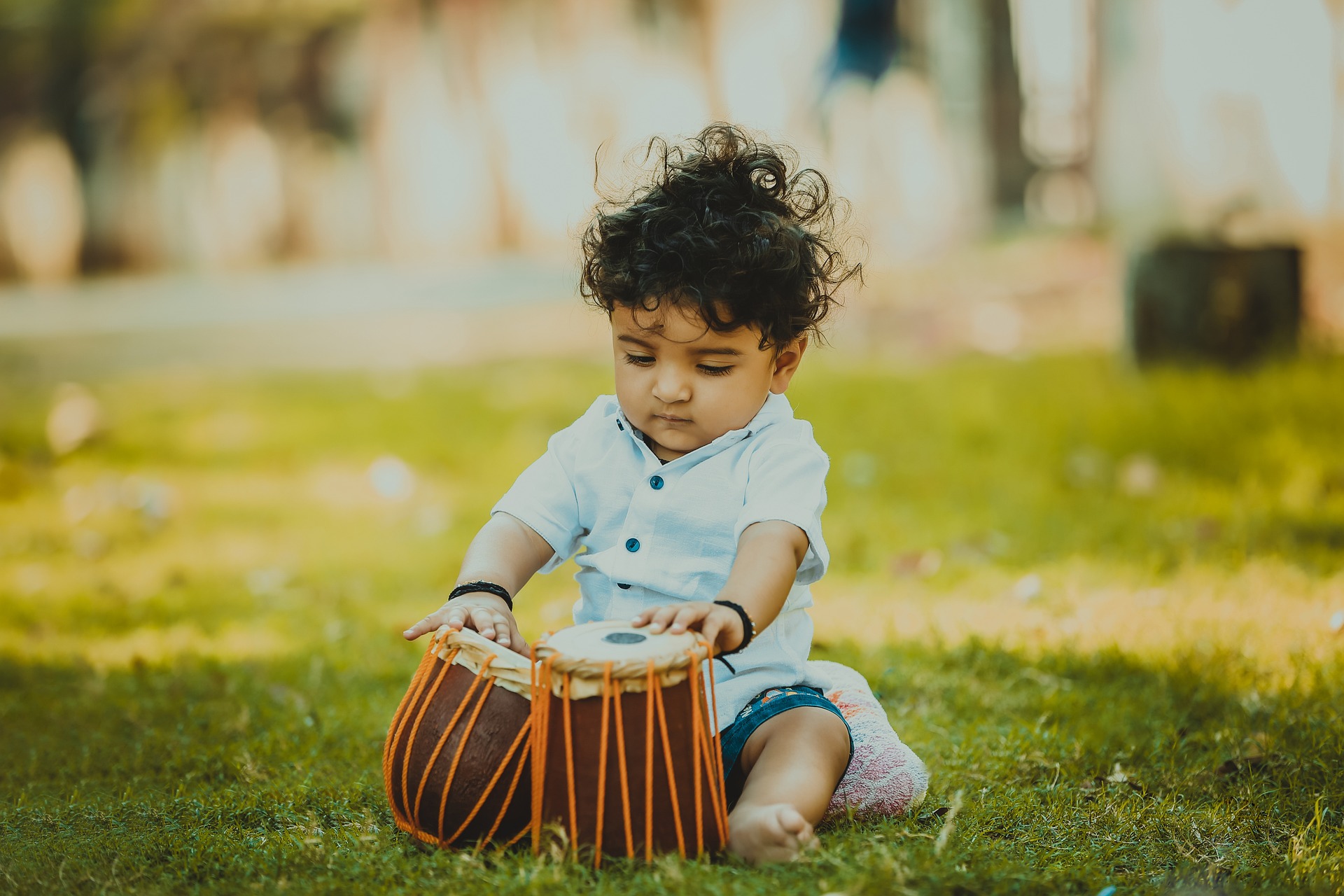Montessori Homeschool Routines
It isn’t always easy to have a peaceful home with young kids. Kids can be loud, siblings don’t always agree, and toys can somehow find their way to every nook and cranny in the house. We want to share with you one tried-and-true way to reduce the chaos and improve your homeschooling experience: establishing a balanced Montessori homeschool routine.
Consistency and routine are fundamental principles of the Montessori method. Established routines, in particular, help children feel secure, safe, and balanced. This allows them to establish healthy work habits, as they can predict what’s coming next. In this article, we’ll discuss the importance of routines along with tips and ideas for implementing your own Montessori homeschool routine.

Why Are Routines Important For Children & Parents?
What we do every day matters more than you might think. For children and adults, an established routine can hold immense psychological benefits.
Research has shown that routines create a safe space for children to thrive and build healthier habits. They provide a sense of stability and security. The predictability of a balanced daily routine also helps children feel grounded and self-assured, allowing them to foster independence and an “I can do it by myself” attitude.
As parents, implementing a positive Montessori homeschool routine not only benefits our children but also allows us to feel more self-assured and organized. Knowing what to expect and having a structured framework enables us to confidently navigate each day, fostering a peaceful learning environment for our kids.
So, how do you create a peaceful Montessori homeschool routine that works for the whole family? Here are some tips I found useful when establishing my classroom routines that are still adaptable enough for the ebbs and flows of life.
5 Tips for Establishing Your Peaceful Montessori Homeschool Routine
1. Create A Prepared Environment
In Montessori, the prepared environment refers to a space where everything is organized, age-appropriate, and free to explore. Preparing an ordered learning environment is crucial when establishing a routine. In such a space, kids can independently investigate, knowing where everything belongs. At home, this could look like appropriately sized shelves with materials for kids to use freely, a dedicated space for them to do their work, or a basket of rugs for floor work. A prepared environment is hugely flexible. Just make sure everything has its place and consistently returns there!
2. Embrace Change
One of the hardest parts of establishing a daily routine is being open to changing it. This might seem counterproductive, but as I have discovered in my classrooms, sometimes a routine just isn’t working — and that’s OK. Even the best-laid plan can be turned on its head. Dr. Montessori discovered that following the child means letting go of the adult ego and embracing that children’s needs and interests change. While creating routines, we recommend avoiding rigidity and remaining open and observant.

3. Consistency Is Key
When establishing a Montessori homeschool routine, it’s important to keep it consistent. That means setting up a few non-negotiable parts, such as waking up, brushing teeth, having breakfast together, or a consistent work cycle. Each task within the routine might change, but the main concept remains the same. Consistency is related to positive discipline and freedom within limits — practices that help adults and kids feel secure in daily routines.
4. Observe & Work With Your Child
Incorporating the Montessori method at home offers a unique opportunity for you to observe and work closely with your kids. Try slowing down and leaning into the Montessori principle of observation before establishing your daily routines. For example, you won’t schedule lunch time for 2 p.m. when you know your kids get hungry at noon. Taking the time to observe and understand your kids’ learning style, pace, and preferences will help you honor your family’s needs.
5. Champion Everyday Activities
The Montessori method beautifully integrates into everyday life. Practical life activities like preparing breakfast, cleaning, tidying up, watering plants, and baking bread can be included in the daily routine. Therefore, there’s no need to stress about making time for traditional chores. At home, you can champion everyday activities to empower your children, enabling them to acquire essential life skills and develop autonomy.
List of Things You Could Include In Your Daily Routine
By observing your child, you will start to understand their natural routines, preferences, and behaviors. All of these observations make it easier to create a balanced Montessori homeschool routine. Here are some tried and tested ideas you could include in your schedule:
 Check-ins
Check-ins
Check-ins are extremely flexible and age-adaptable. You could do emotional check-ins with pictures, discuss things that are going well, and talk about the homeschool routine as a family to see if anything needs adjusting.
Work Plans
A Montessori work plan keeps track of a child’s work during the work cycle. Children write what activities and lessons they want to do each day or week, and it helps them plan their own time and routines. Usually, a work plan is introduced in the elementary class, at around ages 6-12.
Circle Times
Circle times are another great idea to include in your Montessori homeschool routines because they are highly adaptable, even as the general idea remains the same. They can include:
- Gathering together and reading a book
- Doing emotional check-ins
- Singing songs
- Introducing a grace and courtesy topic, like appropriately communicating feelings
- Playing musical instruments
- Now & Next boards
While Now and Next boards are not strictly a Montessori activity, I have found them extremely useful in my classrooms, especially for neurodiverse children. A Now and Next board is a visual aid that helps kids see what happens next in the routine. On the left, you have “now,” where you place an image of what activity or task is happening now. On the right, you have “next” for the upcoming activity. Think of it as a visual representation of the daily routines to help kids feel secure and in charge of their day.
Embrace Connection, Not Perfection
While creating a balanced homeschool routine is important, it’s crucial to remember your reasons for deciding to homeschool this way in the first place. As Dr. Montessori said:
“The real preparation for education is the study of oneself.”
Be kind to yourself, be open to change, and remember that guiding your children along this journey may not always be easy, but it will be worthwhile.
Sarah Perowne is a former educator and Montessori assistant turned freelance writer. She earned her Theater, Education, and Applied Arts degree from RCSSD in London and holds the 3-6 AMI assistants certificate. Sarah is passionate about providing parents with the tools and confidence to embrace Montessori methods at home that suit them.







0 Comments